My Son Has Used Several Types of Orthotic Braces Due to Pompe Disease
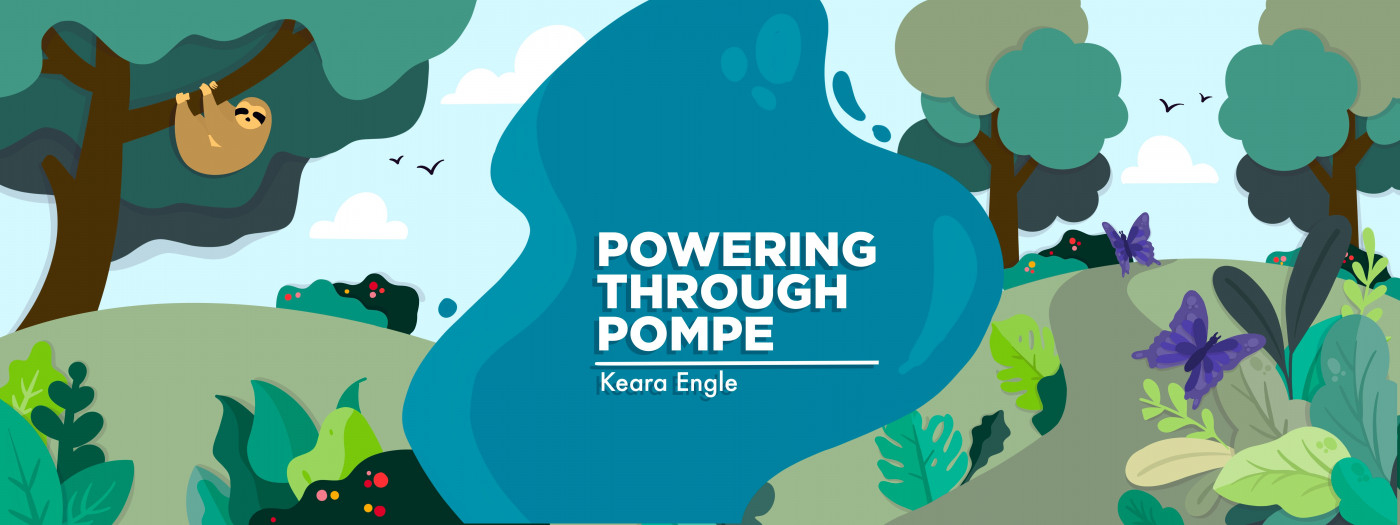
One of the symptoms of Pompe disease is muscle weakness. Due to this, many children who have been diagnosed with infantile-onset Pompe disease will be required to wear some type of orthotic braces that are specially designed by an orthotist.
When my son, Cayden, was about 15 months old, he got his first pair of braces. He started out with a style called dynamic ankle-foot orthosis, or DAFOs, which are designed to do exactly what the name suggests: support the ankle and the foot of the person using them.
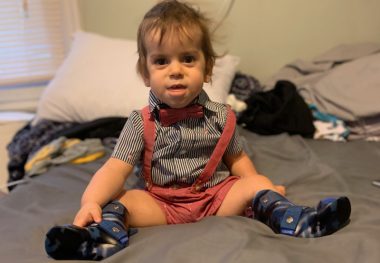
Cayden wears his DAFOs at 15 months. (Photo by Keara Engle)
These braces are made out of thin and flexible plastic, with cushioning inside for comfort. They help to provide a stretch to the ankle while maintaining an ideal level of support for the patient.
Another style of braces Cayden has used is called knee, ankle, foot orthosis, or KAFOs. This style is similar to DAFOs, but different in that they extend farther up to cover the entire leg. They provide an extra level of support because they also help to support a person’s knees.
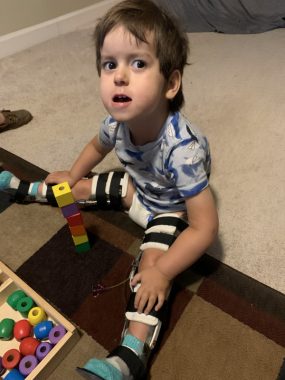
At age 3, Cayden wears his KAFOs for the first time. (Photo by Keara Engle)
KAFOs have a unique feature that allows the knee to be locked in place if desired, essentially immobilizing it temporarily. This is useful for someone who can’t stand on their own and needs help bearing weight through their legs.
Cayden has worn one more type of brace, the Ponseti ankle-foot orthosis, or simply AFOs. These were given to Cayden after bilateral hip flexor release surgery at the age of 2. This style consists of boots that go on the child’s feet, as well as a bar that connects the boots and feet together.
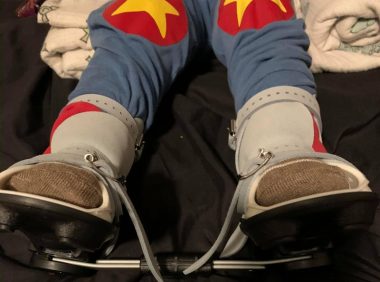
Cayden wears his Ponseti AFOs after surgery at age 2. (Photo by Keara Engle)
Ponseti AFO braces are typically used in children born with clubfeet. However, they were used for a different reason in our situation. After surgery, Cayden’s surgeon wanted him to sleep with these braces on to keep his legs straight and stretched as he healed. He still sleeps with them at night to make sure his hips don’t become tight and he doesn’t develop contractures again.
While all of Cayden’s braces serve a different purpose, each of them is important. They’ve become fairly normal to us and are a lot easier to put on now than when he first got them.
Usually, most children don’t enjoy wearing braces, but it’s just one of those things that you have to help them get used to. If your child’s doctor or therapist recommends any type of orthotic braces, they’re doing it for a good reason. The quicker you can handle the issue and get the braces, the better.
***
Note: Pompe Disease News is strictly a news and information website about the disease. It does not provide medical advice, diagnosis, or treatment. This content is not intended to be a substitute for professional medical advice, diagnosis, or treatment. Always seek the advice of your physician or other qualified health provider with any questions you may have regarding a medical condition. Never disregard professional medical advice or delay in seeking it because of something you have read on this website. The opinions expressed in this column are not those of Pompe Disease News, or its parent company, Bionews, and are intended to spark discussion about issues pertaining to Pompe disease.







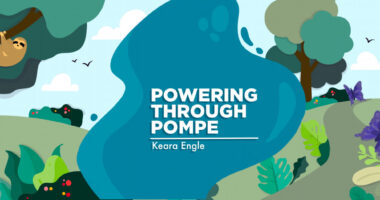
Sofia lim
It's easy to underestimate the impact of a simple device like an ankle foot orthosis. But for those of us who rely on them daily, they're nothing short of life-changing.